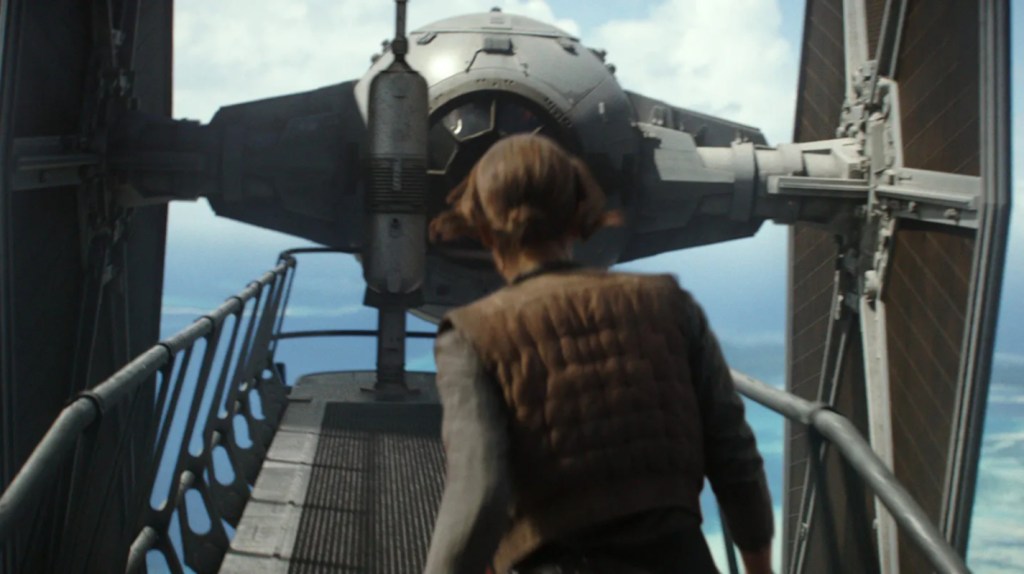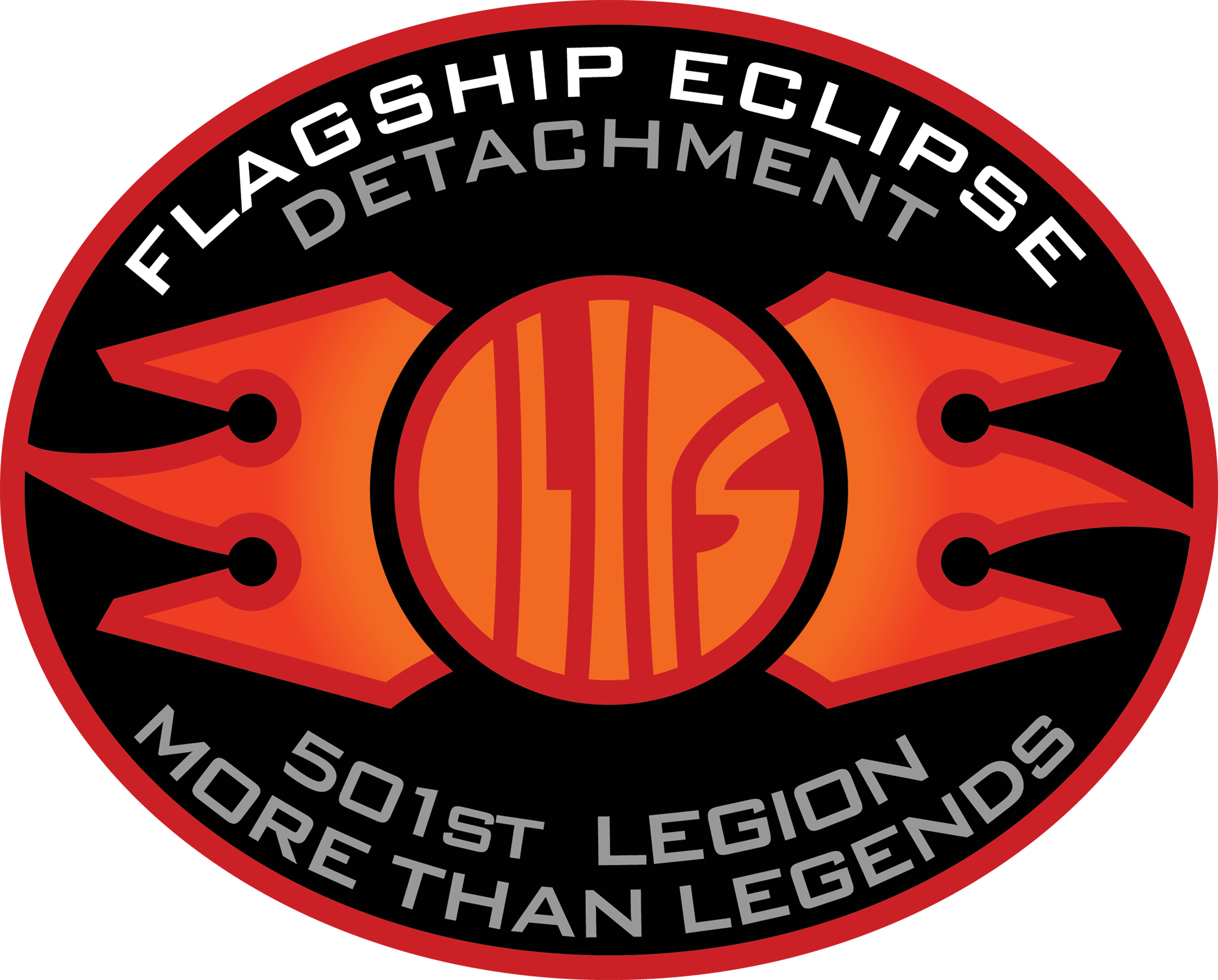
Andor is already being cemented as the ‘greatest piece of Star Wars content, ever’ by many fans, who enjoyed the profound thoughts, views, and feelings of Tony Gilroy’s prequel TV series. Over two seasons, Andor took what was arguably one of the most underdeveloped (and arguably uninteresting) characters in Rogue One: A Star Wars Story and transformed him into one of the franchise’s greatest heroic icons. It cannot be overstated what a feat it was for Gilroy to craft a longform prequel story to a film that’s already a prequel story itself, and still manage to retroactively infuse deeper meaning and development into characters we already know – not to mention a lead character whose death comes swiftly after first meeting him.
There are a lot of Star Wars fans who are finishing Andor‘s final episodes and hopping right into re-watching Rogue One: A Star Wars Story on Disney+. I did the same, and while it was great to see one of my favorite (if not the favorite) Star Wars movies in a whole new light, seeing the darker, more serious and adult-minded tone of Andor left me thinking something else: now I really want to see that original cut of Rogue One.
Rogue One: The Edwards Cut

It’s no secret now that Rogue One was one of the first cases of Disney and Lucasfilm executives butting heads with their new wave of directors. Gareth Edwards (Godzilla, Jurassic World Rebirth) had the final cut of Rogue One ultimately taken from him and handed to none other than Andor showrunner Tony Gilroy, who completed reshoots and script rewrites to an extent that has never been fully, publicly discussed. In addition to that, industry veteran writers like Christopher McQuarrie (Mission: Impossible – The Final Reckoning), Scott Z. Burns (No Time to Die), and Michael Arndt (The Force Awakens) all added their flavors to Rogue One‘s story at different points.
The changes to Rogue One have been well documented in the years since its release. The biggest was no doubt the climactic “Battle of Scarif” where Cassian Andor (Diego Luna), Jyn Erso (Felicity Jones) and their crew heist the Death Star plans and transmit them to the Rebel Alliance. Originally, the Imperial facility on Scarif was designed to be spread across two locations – a “vault” holding the data records, and a transmit tower located across the beach at a separate location. That required a much more extensive battle across the beach, as seen in the now-infamous deleted scenes and trailer footage, which were filmed in Edwards’ signature guerrilla shooting style, like a combat journalist embedded in a military unit. Same for the sequence of getting the Death Star plans transmitted to the Rebel fleet above Scarif; fans are all too familiar with the deleted scene of a battered and bruised Jyn limping her way to the top of the transmitter array, only to be ambushed by a waiting TIE Fighter.
That original Battle of Scarif sequence echoes the larger thematic and stylistic tone that Edwards originally had for Rogue One, which was to be a much darker, grittier war film. “It’s the reality of war,” Edwards told fans at Star Wars Celebration 2015. “Good guys are bad. Bad guys are good. It’s complicated, layered; a very rich scenario in which to set a movie.”
Many Star Wars fans still remember the original Rogue One concept artwork shown at that same panel – the thrilling image of a squad of Rebel soldiers in special forces-style gear, landing in the mud and deploying for combat on a dark, rain-soaked night, with their full numbers obscured by fog and shadow. It promised the kind of experience that we really didn’t get until years later with Andor’s pulse-pounding, edge-of-your-seat espionage action and thrills. And while I love the version of Rogue One that now stands, I can’t help but wonder if Gilroy’s vision for Andor wouldn’t sync better with Edwards’ original vision for Rogue One.
Director’s Cuts Aren’t Always A Fix

Of course, it’s a reductive fallacy to think that way, I know. After all, changes were made to Rogue One that I certainly think were for the better. At first, Edwards had Jyn and Cassian survive Scarif, out of fear that Disney wouldn’t back the darker ending. That would’ve been a cop-out from the themes of ultimate sacrifice and faith in an unpromised future that not only resonate so powerfully in Rogue One, but are directly responsible for creating the gallows irony that made Andor hit so hard (down to its twist ending final scene). Saw Gerrera’s (Forest Whitaker) Rogue One role was revised to be a tragic swan song for the broken revolutionary, which Andor has only helped cement as the right ending to the character’s epic arc through Star Wars. Multiple script revisions and reshoots all had to be done before proper introduction scenes for Cassian and Jyn (and others) made it into the final film, including Cassian executing his informant, Tivik, an act that came to define the character as a Star Wars antihero cut from a different cloth.
I’m happy for Star Wars to have the epic three part saga that is Andor, Rogue One, A New Hope, and while I wish that Disney would’ve had the confidence to make the kind of project on the big screen that Gilroy later did on the small screen, I think we’ve all learned an important lesson about what can happen when you wish too hard for an alternate cut of popular film. Let’s not go there again.
Andor, Rogue One, and Star Wars: A New Hope are all streaming on Disney+.
The post After Andor, I Really Want to See That Original Cut of Rogue One appeared first on ComicBook.com.
